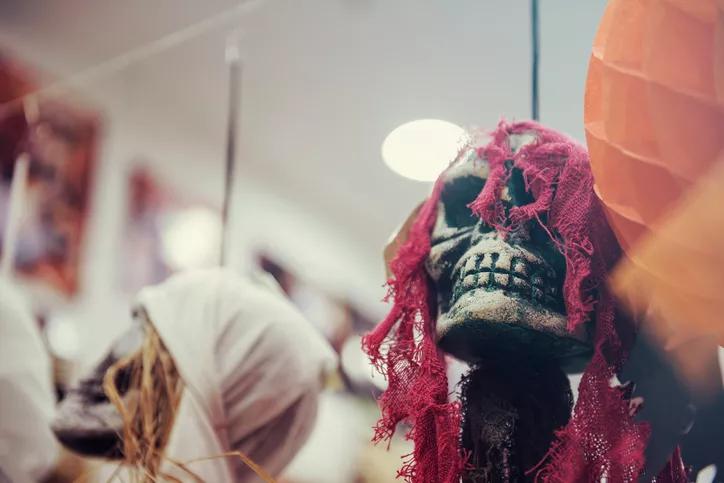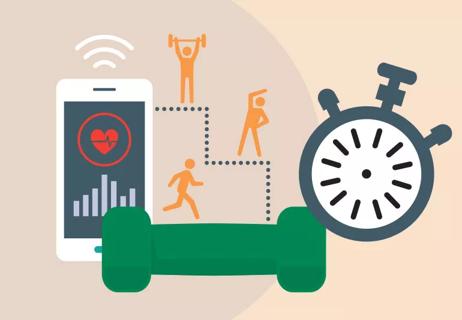Know how to set boundaries to keep the holiday fun

You’re innocently browsing the aisles at your local big-box store, when you inadvertently come across the Halloween section. And your 3-year-old is suddenly surrounded by life-size climbing zombies, witches with red gleaming eyes — not to mention the barking litter of skeleton dogs. She’s fascinated, but should you grab her hand and divert her attention to the safety of the toy aisle instead?
Advertisement
Cleveland Clinic is a non-profit academic medical center. Advertising on our site helps support our mission. We do not endorse non-Cleveland Clinic products or services. Policy
October is, of course, the month when we’re surrounded by spooky and scary. And it’s not only those decorations and costumes while shopping in person. It’s the TV shows and even those Halloween store aisle-by-aisle tours on YouTube. But when it comes to our little ones, how scary is too scary?
According to family medicine physician Neha Vyas, MD, each child is different, which is why it’s important for parents to know what their child is afraid of. You know your own child better than anybody and every child is unique, she says.
Most of the time, by the time they reach school age, they know how to separate fiction from reality. Up until then, you should be very guarded in what they see around Halloween.
Parents should make sure they’re able to tailor content on TV to the age of the youngest child who is watching, Dr. Vyas says. She recommends teaching older siblings the rules about what their younger sibling can watch with them — and what they can’t watch.
It’s best to prevent a situation where younger children are seeing things that they’re not ready for because scary images can be very disturbing for little ones. Be especially sensitive to children who have recently experienced a death in the family or the death of a pet, as signs and symbols of death can be very scary to them during this time.
Advertisement
For very young children who are afraid of Halloween costumes, Dr. Vyas suggests allowing them to see Mom or Dad putting on a (not-too-scary) costume. This can help them understand that a mask is just a mask and that the person behind the costume is someone they know.
It’s also important to keep in mind that everyone conquers their fears at different times in their life. For those who have a teen or a preteen who feels pressure from friends to attend haunted houses this time of year — but they aren’t into it — Dr. Vyas advises parents to have a plan to support them if they need an out in these types of situations.
Have an excuse ready so that you can pick them up early if you need to, she suggests. Have a code word, that way, if they’re getting very scared, and they don’t want to go through with it, they can text you and then you can pick them up and have your excuse ready for them. Allow them an opportunity to grow at their own pace.
Advertisement
Learn more about our editorial process.
Advertisement

Ask questions, get referrals and consider if someone is a good fit for you and your fitness goals

Your physical, mental and emotional state may be at risk

Hydration and sleep are as important as avoiding dirty surfaces

You display empathy, have good intuition and are considered caring and sensitive

The quick and easy way to get moving doesn’t require equipment or going to a gym

You may need a mental shift to start caring for your physical and mental well-being

Testing your well water system annually can help prevent contaminants and bacterial overgrowth

Take time to prioritize yourself, even (especially) when you’re consumed with prioritizing others

Type 2 diabetes isn’t inevitable with these dietary changes

Applying a hot or cold compress can help with pain